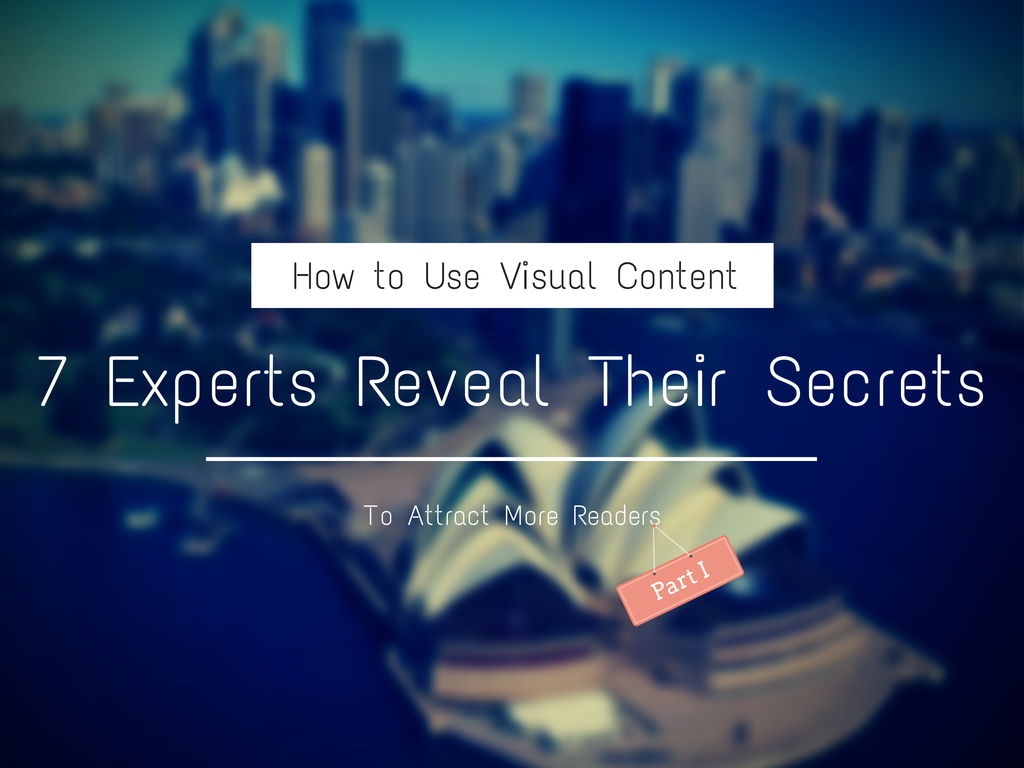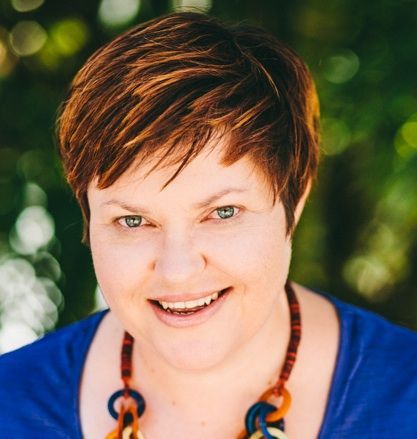|
1. Do you use any visuals in your content? Why?
I use visuals in almost all of my content on most social platforms, especially my blog.
Visual content is one of the best ways to immediately grab attention in order to then entice someone to take action on your content — whether it is to like, comment, click through, tweet or share.
You don’t get the same instant emotional connection with any other medium that you do with images — not even text, audio or video. It’s fast and a great way to help your audience to make a decision about whether to engage with your content.
And visuals are so hot right now!
They are engaging and fun. That’s why I love helping people learn how to create their own, original, traffic driving images.
2. What type of visual (video, infographic, Slideshow presentation etc) is your favorite and has worked best for you so far?
Two types. Firstly I love shareable, graphics that are “snackable” in nature (i.e. they gain attention fast, they are highly engaging, and easy to process). The most shareable of these types of graphics are quotes, how-to images, checklists, and tips.
I also love infographics of any shape or form. We create infographics for clients that get tens of thousands of shares on major sites around the world.
Many people think that infographics have to be data heavy or pie charts made pretty, but there is so much more you can do with them.
If you can help your ideal audience with an attractive, well-designed graphic that solves a problem or challenge or inspires, it will get shared.
And better still, it will get used and referred to. I always recommend that infographics are embedded into a blog post containing more quality content about the topic. This generates a lot of high quality shares and relevant links back to your site and your content via sites like Pinterest.
Pro tip: Check out Donna’s article about the essential elements of a knockout infographic!
3. How often do you use visuals in your blog posts (how many visuals per post etc)?
I always include a visual in every blog post.
85% of content pinned to Pinterest is actually pinned by users from websites, not from brands.
Having one great, “pinnable” image on every page of your website is more important than pinning your content to Pinterest. I always get my clients to do an audit of their website first and make sure they have a great image on every page (or two or more!).
I will often include more than one visual in every blog post.
Always try to include at least one portrait-sized image that is suitable for pinning to Pinterest.
Even if it is a quote from the article, pull it out into an image. In short, your images help people to scan through blog posts and pull out relevant information.
4. What’s your one best tip you’d like to give to all bloggers and online marketers for creating visual content?
Start simple and batch your images. Aim to add just one original image to just one platform.
Then batch some images (5-10) so you are creating them all at once and then schedule them out on that platform. For instance, on Facebook, aim to add one original image every day.
Then grow it from there and try other platforms like Instagram. Again, start with one image per day.
The key is consistency over volume. Once you have consistency, then turn up the volume.
|






 Jeff Bullas
Jeff Bullas Donna Moritz
Donna Moritz Jacob Gube
Jacob Gube



Pingback: 7 Experts Reveal Their Secrets: How to Use Visu...
Hey Donna, thanks as always for your fabulous input. It all sounds like the go to me :)) Cheers Roni xx
Pingback: Collaboration Helps Create Compelling Videos! | Gloopt